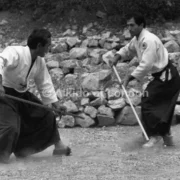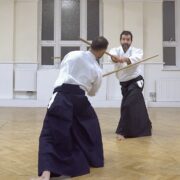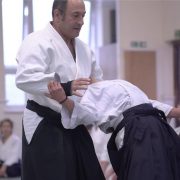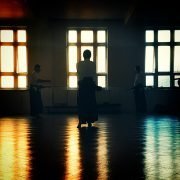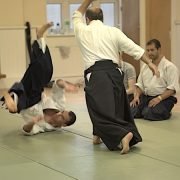Teaching – part 1
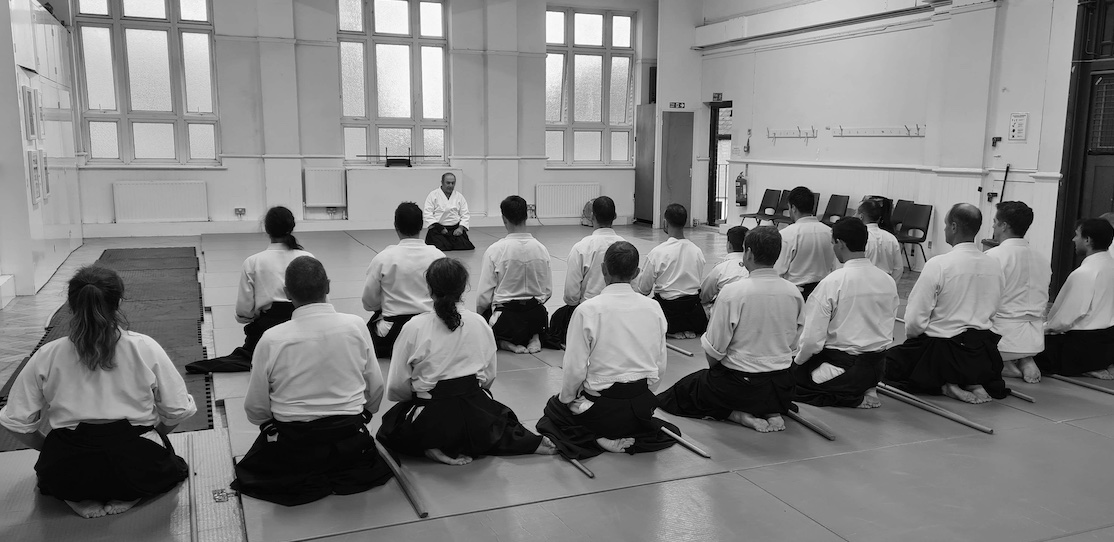
A grading had just taken place. A 4th Dan no less and long overdue. For some reason it left the students watching very pumped up. The dojo buzzing with adrenaline as the class eventually resumed at a frantic pace. Maybe the level on display excited them whilst they sat “still”, making them restless and eager to train. Sometimes the mix of people present create a whirlpool of energy anxious to move, to do their own display rather than “passive” observers. I left them to the would be 4th dan, as I stepped outside the dojo area to discuss the grading with a senior teacher. The conversation delved into the technicalities and nuances of the performance when, abruptly, an anxious student burst into the scene. “Someone’s injured,” they exclaimed, ending the discussion with immediate effect. Back in the dojo, students clustered around a visibly shaken woman, their faces etched with concern. The class participants were definitely up for it that evening, and that’s when accidents can happen and as it turned out, at the hands of the would be 4th dan. The visit to a&e ensured the injury was not too serious.
Over a year and a half later and both the “victim” and the “perpetrator” have moved on. That day I believe was a pivotal moment in their respective training. An injury demanded recovery, both physical and mental. Fear itself. How to deal with it. With that I am sure a decision had to made. “Do I return?” No doubt uppermost in her thoughts. Perseverance was in need here and to her credit, she maintained conditioning and physio throughout the process. Eventually returning to the dojo, at first with trepidation but 18 months after the injury, she passed her shodan.
The contrast from before the grading let alone from the injury was apparent. She had changed. A different person if that’s possible. In the past her Aikido was tentative, full of doubt, at times letting her lack of confidence sabotage her training, repressing her more natural reflexes. In martial language “you lost the fight before it has even started.” And now? It’s snappier, more alive, and there is commitment. Technically it is more proficient. The nerves can still rankle, a new move, an unexpected change, and the hesitation can return but it doesn’t overwhelm, no freezing like before. It’s night and day. The jo in training for example? She handles well, her body behind it. It looks like weapons work, it has purpose rather than some odd abstract movements with little meaning. I always like that the bokken and jo training serve as a kind of conduit, or an amplifier that reveals more honestly where ones training is at.
The 4th dan? He didn’t pass that day. His grading failed to convince, bogged down by unnecessary flourishes and convoluted movements. It didn’t show what I already knew to be there. Before long he tried again, obtaining a well deserved 4th dan after a more polished grading. He let go of an overly technical Aikido. Rather than bombarding his presentation with endless variations, he kept what was essential, dropping the rest, displaying clarity, confidence and authenticity. Aikido suffocates under excessive technique, not enough and it’s sloppy and fuzzy, lacking balance. He now teaches regularly and after returning from Japan, has opened his own dojo. The Aikidoka has matured and will continue to do so but it is as a teacher that he is now coming into his own.
This is what teaching is all about. To guide, goad, prod and push but also to leave room, let it breath, allow the mistakes and encourage when needed, but also to critique. A must. When I saw the changes in both, recalling the effort it took and the courage needed, the words came easy, “This is working”.

